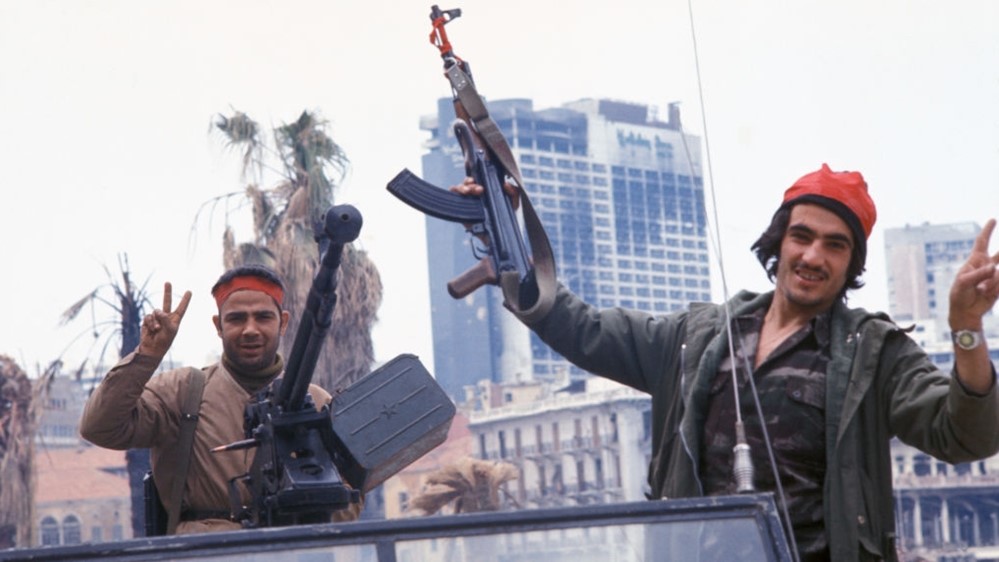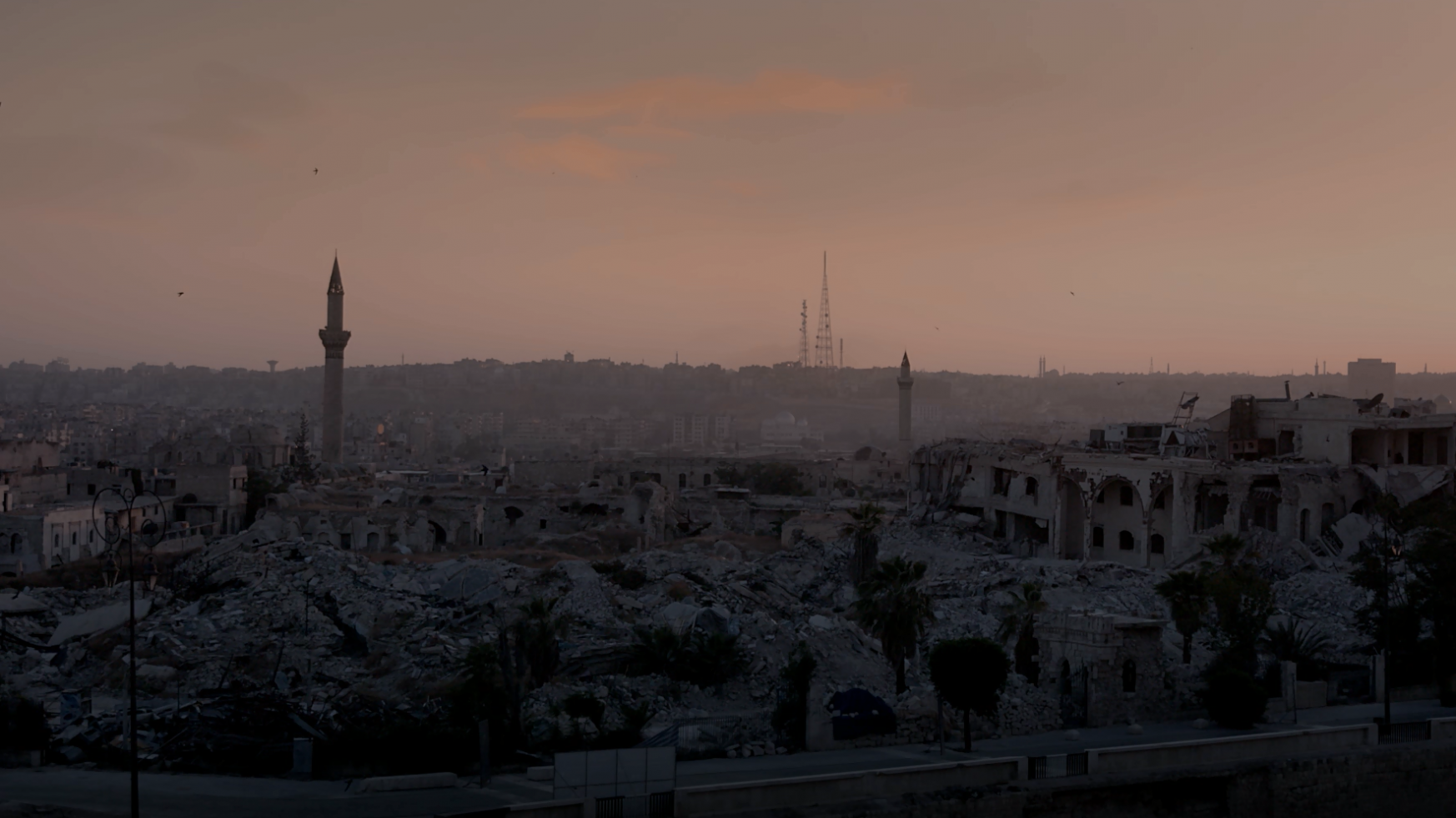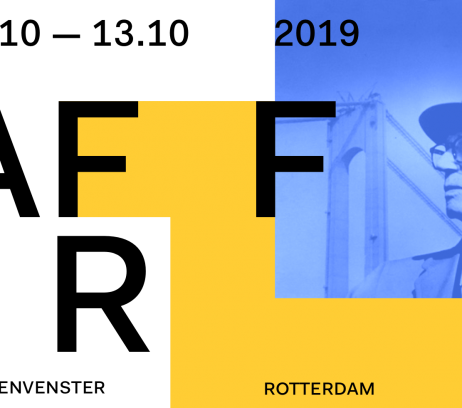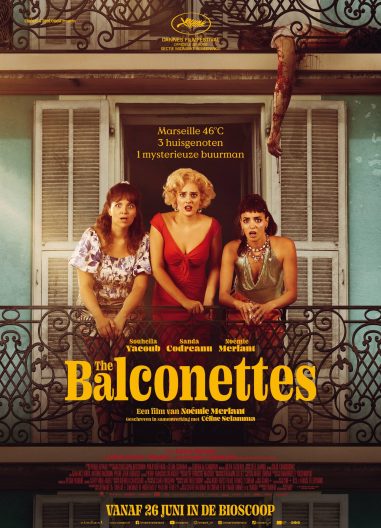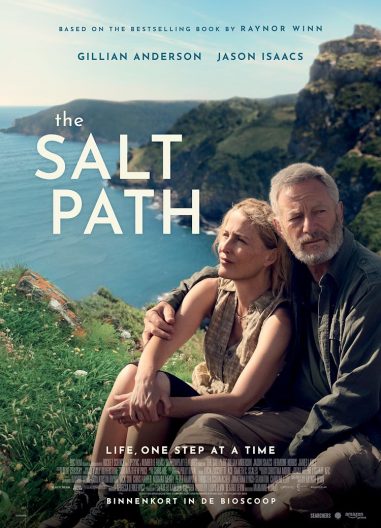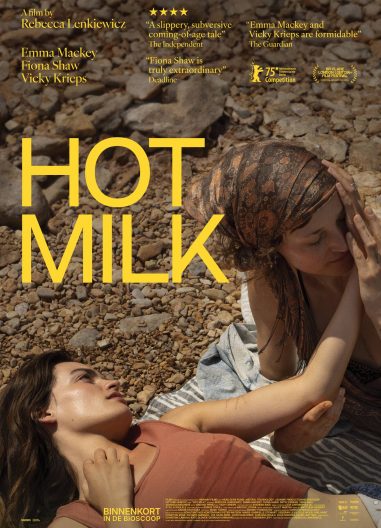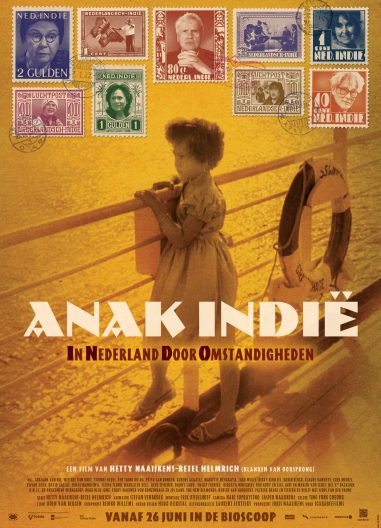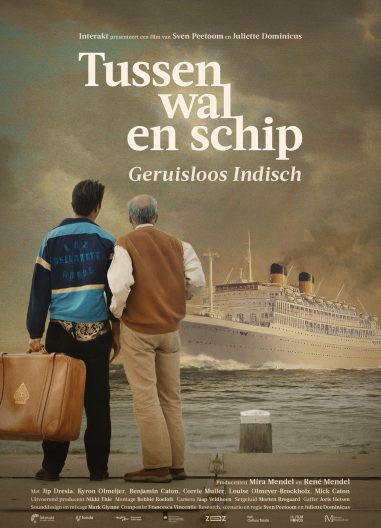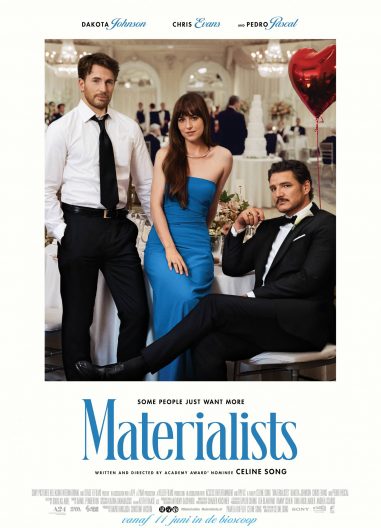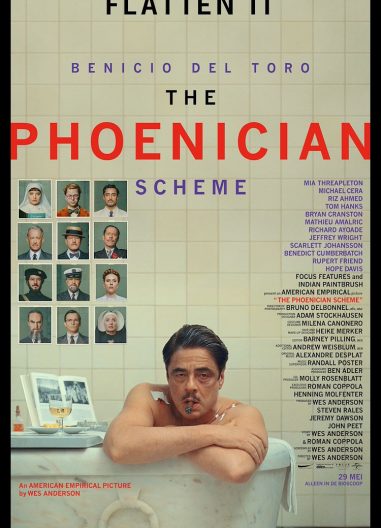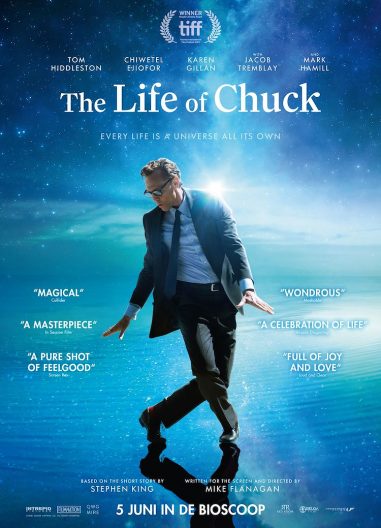Bulldozer Politics with Léopold Lambert
Een lezing van de gerenommeerde architect uit Parijs en hoofdredacteur van The Funambulist, Léopold Lambert, over zijn boek La politique du bulldozer. Hij zal zich richten op de slooppolitiek van het Israëlische leger tegen Palestijnse huizen, al sinds 1948 aan de gang. Een onderwerp met urgente relevantie. De presentatie wordt gevolgd met twee films met een fascinerend perspectief op de gruwelijke gevolgen van oorlog.
Join us for a lecture by the world renowned, Paris-based architect and editor-in-chief of The Funambulist magazine, Léopold Lambert based on his book La politique du bulldozer. He will focus on his research into the demolitions politics of the Israeli army against Palestinian homes since 1948, a topic with urgent relevance. The presentation is followed by two films that provide a fascinating perspective on the horrific consequences of war.
Aleppo: The Silence of the War
Amir Osanlou, IR, 30′
Autowrakken, ingestorte gebouwen en een roestige schommel. Geen mens in zicht. Dit is de ruïne van Aleppo in Syrië. Zonder dialogen en met alleen omgevingsgeluid toont Aleppo: The Silence of War de gruwelijke werkelijkheid van een stad blootgesteld aan duizenden mortieren, geweren en raketten. De meditatieve beelden van de spookstad maken de realiteit van oorlog voelbaar. Het half uur dat we zo met de ruïnes doorbrengen maakt meer indruk dan de duizenden fragmenten die je dagelijks in de media langs heb zien komen.
Car wrecks, collapsed buildings and a rusty swing. Not a soul in sight. These are the ruins of Aleppo in Syria. Without dialogues and using ambient sound only, Aleppo: The Silence of War presents the terrible reality of a city exposed to thousands of mortars, rifles and rockets. The meditative images of the ghost city make the reality of war tangible. The half hour we spend among the ruins make a greater impression than the thousands of snippets that flash by in the media every day.
En ook:
How the Holiday Inn Became a Symbol of the Lebanese Civil War
Abdallah El Binni, LB, 25′
Autowrakken, ingestorte gebouwen en een roestige schommel. Geen mens in zicht. Dit is de ruïne van Aleppo in Syrië. Zonder dialogen en met alleen omgevingsgeluid toont Aleppo: The Silence of War de gruwelijke werkelijkheid van een stad blootgesteld aan duizenden mortieren, geweren en raketten. De meditatieve beelden van de spookstad maken de realiteit van oorlog voelbaar. Het half uur dat we zo met de ruïnes doorbrengen maakt meer indruk dan de duizenden fragmenten die je dagelijks in de media langs heb zien komen.
Car wrecks, collapsed buildings and a rusty swing. Not a soul in sight. These are the ruins of Aleppo in Syria. Without dialogues and using ambient sound only, Aleppo: The Silence of War presents the terrible reality of a city exposed to thousands of mortars, rifles and rockets. The meditative images of the ghost city make the reality of war tangible. The half hour we spend among the ruins make a greater impression than the thousands of snippets that flash by in the media every day.
Kies tijdstip
- filmspecial
Een lezing van de gerenommeerde architect uit Parijs en hoofdredacteur van The Funambulist, Léopold Lambert, over zijn boek La politique du bulldozer. Hij zal zich richten op de slooppolitiek van het Israëlische leger tegen Palestijnse huizen, al sinds 1948 aan de gang. Een onderwerp met urgente relevantie. De presentatie wordt gevolgd met twee films met een fascinerend perspectief op de gruwelijke gevolgen van oorlog.
Join us for a lecture by the world renowned, Paris-based architect and editor-in-chief of The Funambulist magazine, Léopold Lambert based on his book La politique du bulldozer. He will focus on his research into the demolitions politics of the Israeli army against Palestinian homes since 1948, a topic with urgent relevance. The presentation is followed by two films that provide a fascinating perspective on the horrific consequences of war.
Aleppo: The Silence of the War
Amir Osanlou, IR, 30′
Autowrakken, ingestorte gebouwen en een roestige schommel. Geen mens in zicht. Dit is de ruïne van Aleppo in Syrië. Zonder dialogen en met alleen omgevingsgeluid toont Aleppo: The Silence of War de gruwelijke werkelijkheid van een stad blootgesteld aan duizenden mortieren, geweren en raketten. De meditatieve beelden van de spookstad maken de realiteit van oorlog voelbaar. Het half uur dat we zo met de ruïnes doorbrengen maakt meer indruk dan de duizenden fragmenten die je dagelijks in de media langs heb zien komen.
Car wrecks, collapsed buildings and a rusty swing. Not a soul in sight. These are the ruins of Aleppo in Syria. Without dialogues and using ambient sound only, Aleppo: The Silence of War presents the terrible reality of a city exposed to thousands of mortars, rifles and rockets. The meditative images of the ghost city make the reality of war tangible. The half hour we spend among the ruins make a greater impression than the thousands of snippets that flash by in the media every day.
En ook:
How the Holiday Inn Became a Symbol of the Lebanese Civil War
Abdallah El Binni, LB, 25′
Autowrakken, ingestorte gebouwen en een roestige schommel. Geen mens in zicht. Dit is de ruïne van Aleppo in Syrië. Zonder dialogen en met alleen omgevingsgeluid toont Aleppo: The Silence of War de gruwelijke werkelijkheid van een stad blootgesteld aan duizenden mortieren, geweren en raketten. De meditatieve beelden van de spookstad maken de realiteit van oorlog voelbaar. Het half uur dat we zo met de ruïnes doorbrengen maakt meer indruk dan de duizenden fragmenten die je dagelijks in de media langs heb zien komen.
Car wrecks, collapsed buildings and a rusty swing. Not a soul in sight. These are the ruins of Aleppo in Syria. Without dialogues and using ambient sound only, Aleppo: The Silence of War presents the terrible reality of a city exposed to thousands of mortars, rifles and rockets. The meditative images of the ghost city make the reality of war tangible. The half hour we spend among the ruins make a greater impression than the thousands of snippets that flash by in the media every day.
How the Holiday Inn Became a Symbol of the Lebanese Civil War
